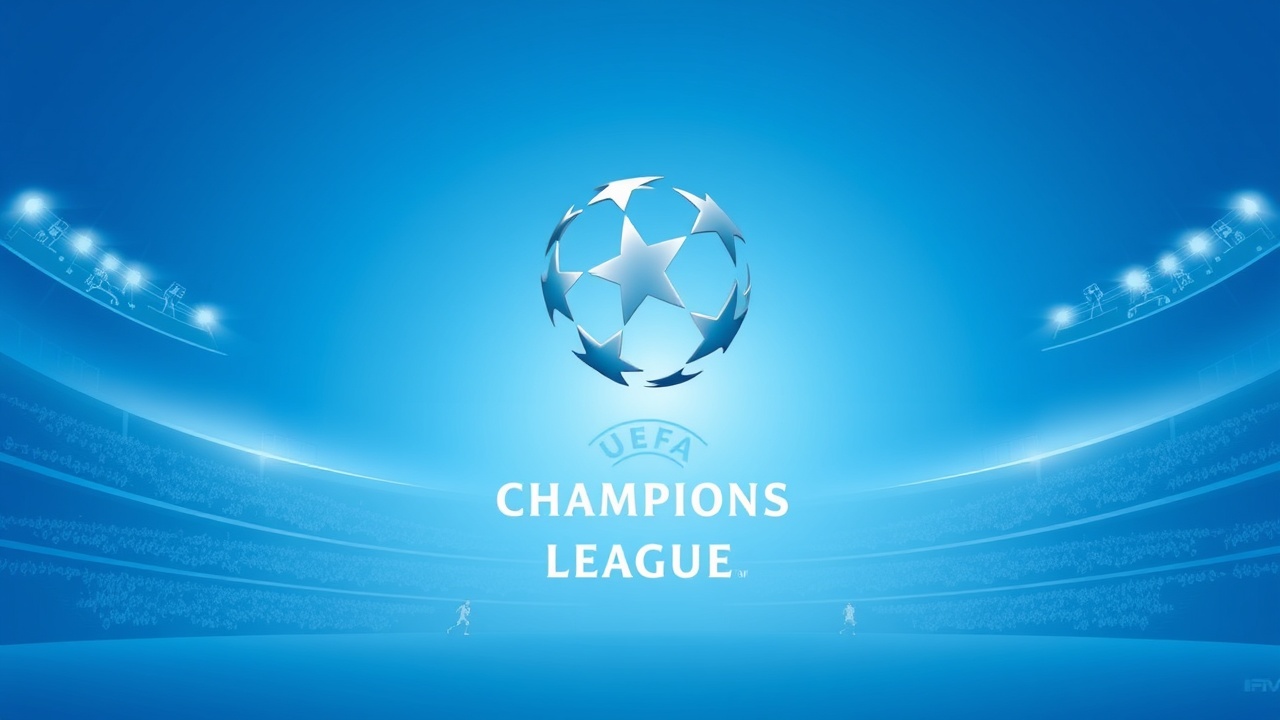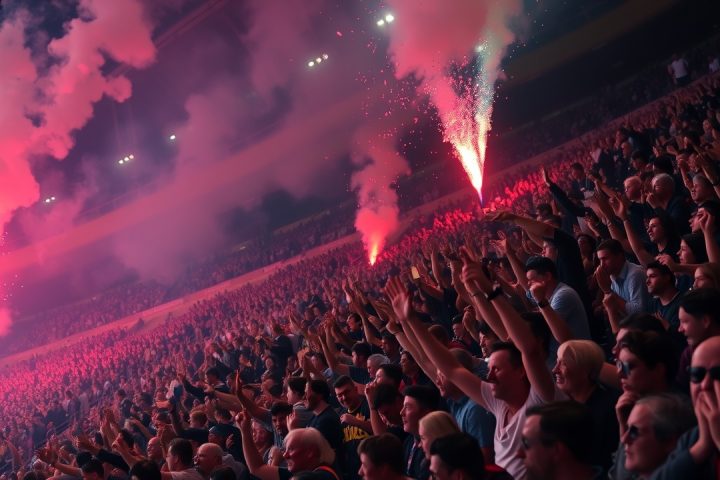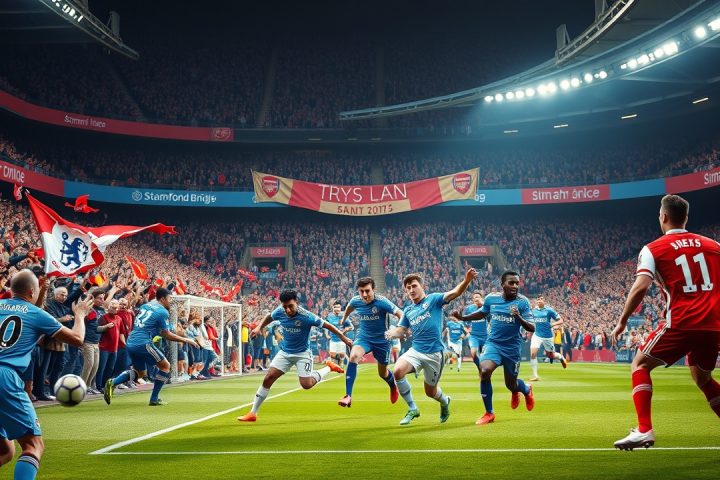UEFA Champions League: Revamped Format Overview
The UEFA Champions League returns, introducing fans to an updated format for its second season after a significant revamp. As teams prepare to compete under this new structure, it’s essential to clarify the modifications that have rolled out, including some that may still confuse until the knockout stages begin in February. Notably, changes have also affected the knockout rounds.
Key Changes in the Tournament Structure
Last year initiated a pivotal transition in Europe’s premier club tournament, marking a shift after two decades of the previous setup. Previously, 32 teams participated, forming eight groups of four, where only the top two from each progressed to the round of 16, while third-place teams moved to the UEFA Cup—now known as the Europa League—and fourth-place teams were eliminated.
This season, the landscape has shifted to accommodate 36 teams participating in what is now called the “League Phase”, moving away from group divisions. Instead, all clubs are placed in a single league table where each will engage in eight matches—four at their home ground and four on the road.
League Phase and Knockout Rounds
In this new structure:
- Teams ranked from 25 to 36 will exit the tournament by January.
- Teams placed from 9 to 24 will enter a playoff round in February, competing for a spot in the round of 16.
- The top eight teams will automatically advance to the knockout phase, which is set to begin in March.
A significant structural change is that teams can no longer transfer to the Europa League if eliminated from the Champions League; once a team is out, that’s it. Beyond the initial playoff phase, the format reverts to the traditional two-legged knockout matches leading to the semifinals, with the finale still being a one-match event.
Match Scheduling and Calendar Adjustments
For the match scheduling, two matches will kick off early at 5:45 p.m. (UK time / 12:45 p.m. ET), with the majority starting at 8 p.m. (UK time / 3 p.m. ET). However, during the final day of the League Phase, all 18 matches are to commence simultaneously at 8 p.m. (UK time / 3 p.m. ET).
In expanding the calendar for European competitions, UEFA now dedicates ten midweeks to accommodate matches, compared to the previous six, allowing the Champions League to take up eight matchdays, with dedicated weeks for the Europa League and Conference League.
The League Phase now concludes in January rather than December, compressing six matches before Christmas, with only the concluding fixtures held in late January. With multiple matches featuring Pot 1 teams this season, UEFA aims to showcase marquee matchups throughout the calendar.
Draw Process and Matchups
The drawing process has adjusted accordingly. Instead of continual draws throughout the knockout stages, teams will now navigate brackets based solely on their league rankings, necessitating only two major draws: one for the initial playoff phase on January 30, and another for the round of 16 on February 27, which will finalize the tournament bracket. Notably, there is no country protection in place, meaning that teams from the same nation, such as Liverpool and Chelsea, could face off in the round of 16.
Intriguingly, the dynamic of team strength means some traditionally dominant sides may miss a top eight berth, stirring potential for explosive early matchups in the knockout rounds, reminiscent of the previous season’s classic fixtures like Liverpool vs. PSG.
While teams ranked from 9 to 16 will host the second leg of their playoff matches at home, the upcoming draw on January 30 will delineate who those teams will face, followed by the February 27 draw solidifying the round of 16 matchups, compelling clubs to strategically focus on placing within the top positions to secure favorable second-leg home matches.
Regulatory Changes and Home Match Privileges
In a notable regulatory shift, UEFA has altered home match privileges in the semifinals to favor teams based on their League Phase performance. Earlier instances where teams used to secure home ties in each knockout round will now depend on succeeding teams ranked higher throughout the League Phase. This means a lower-ranked team can unexpectedly gain home advantage in critical matches.
As fans around Europe look forward to witnessing their favorite clubs battle it out, understanding how these new rules affect gameplay and strategy will be central to following the competition.




